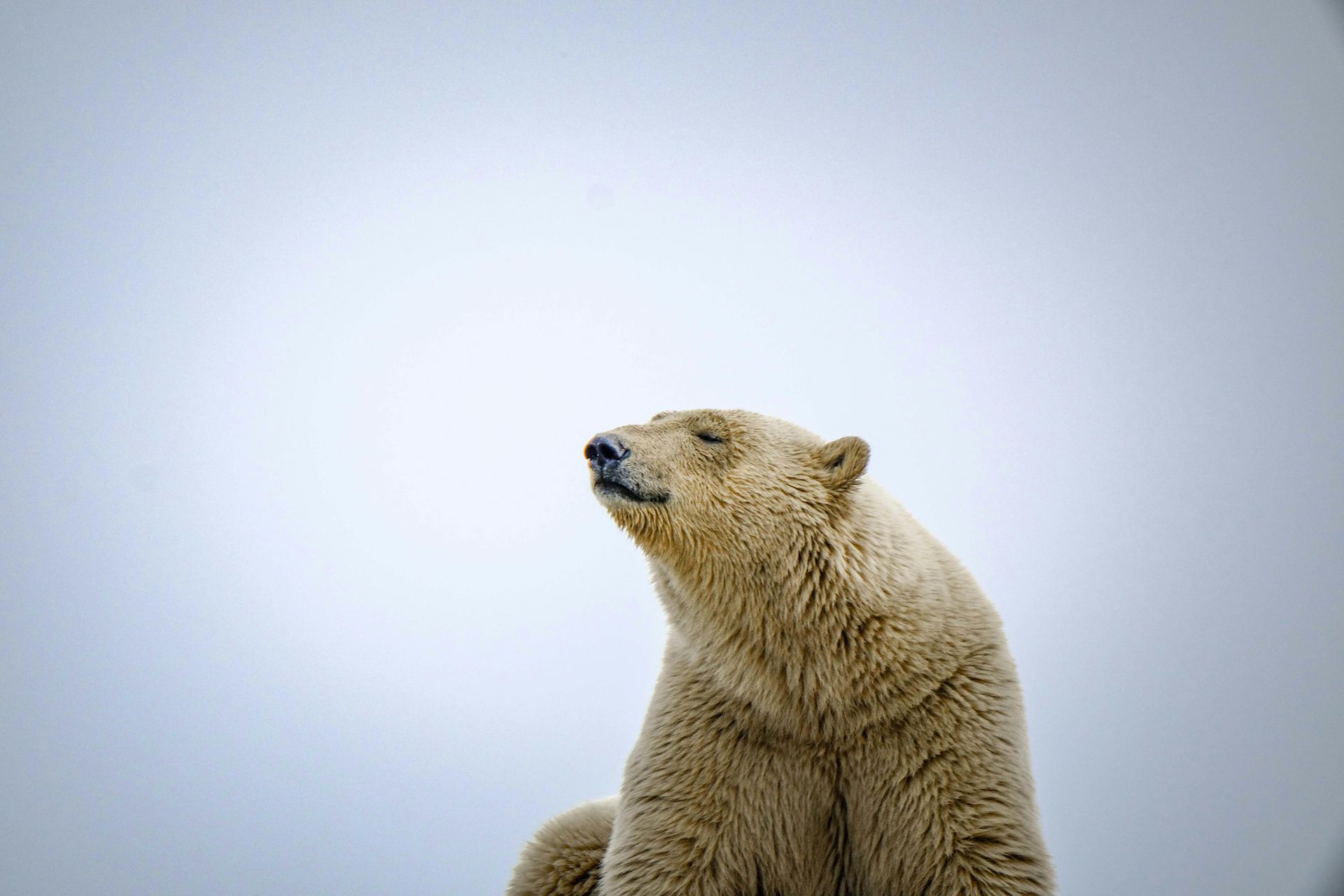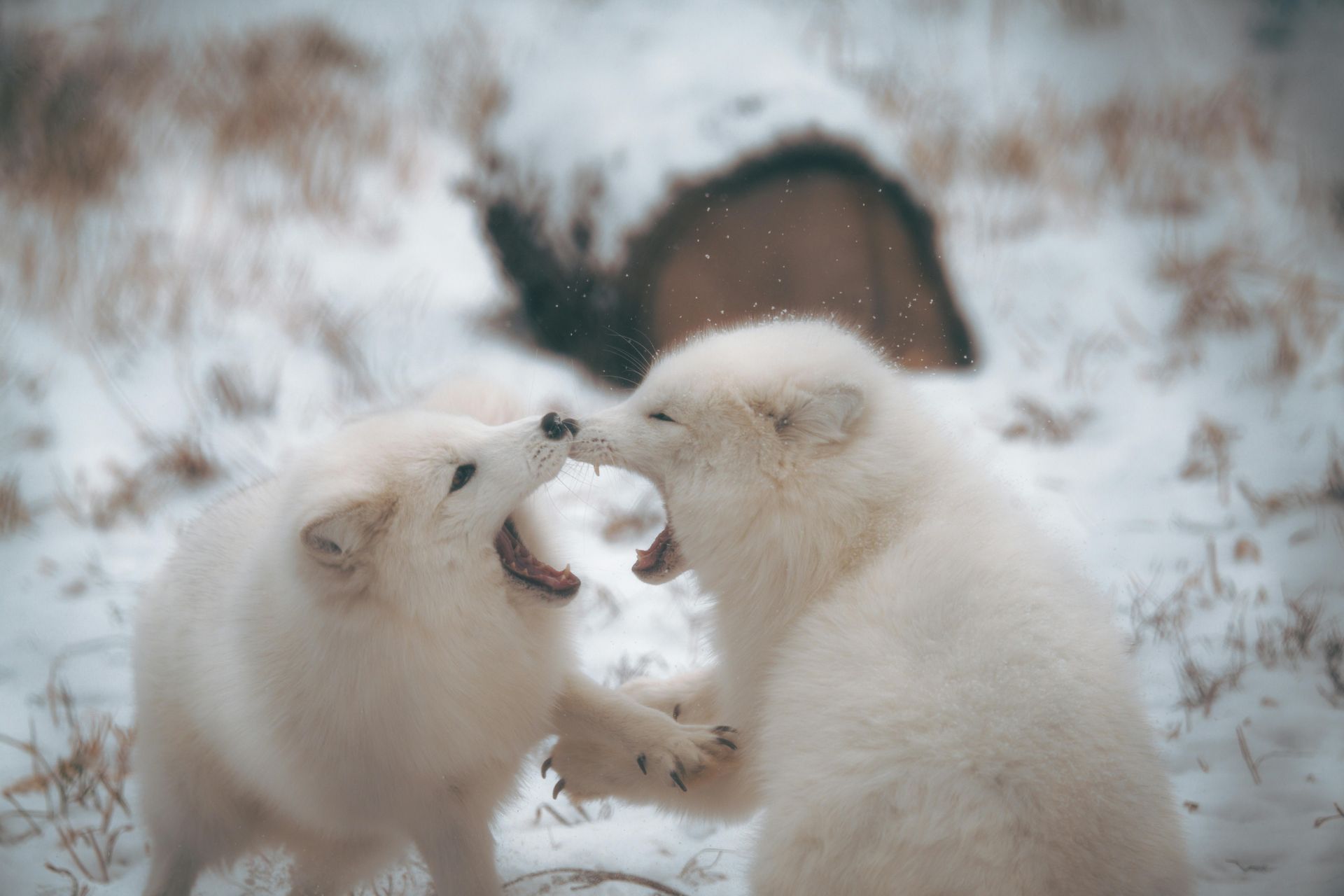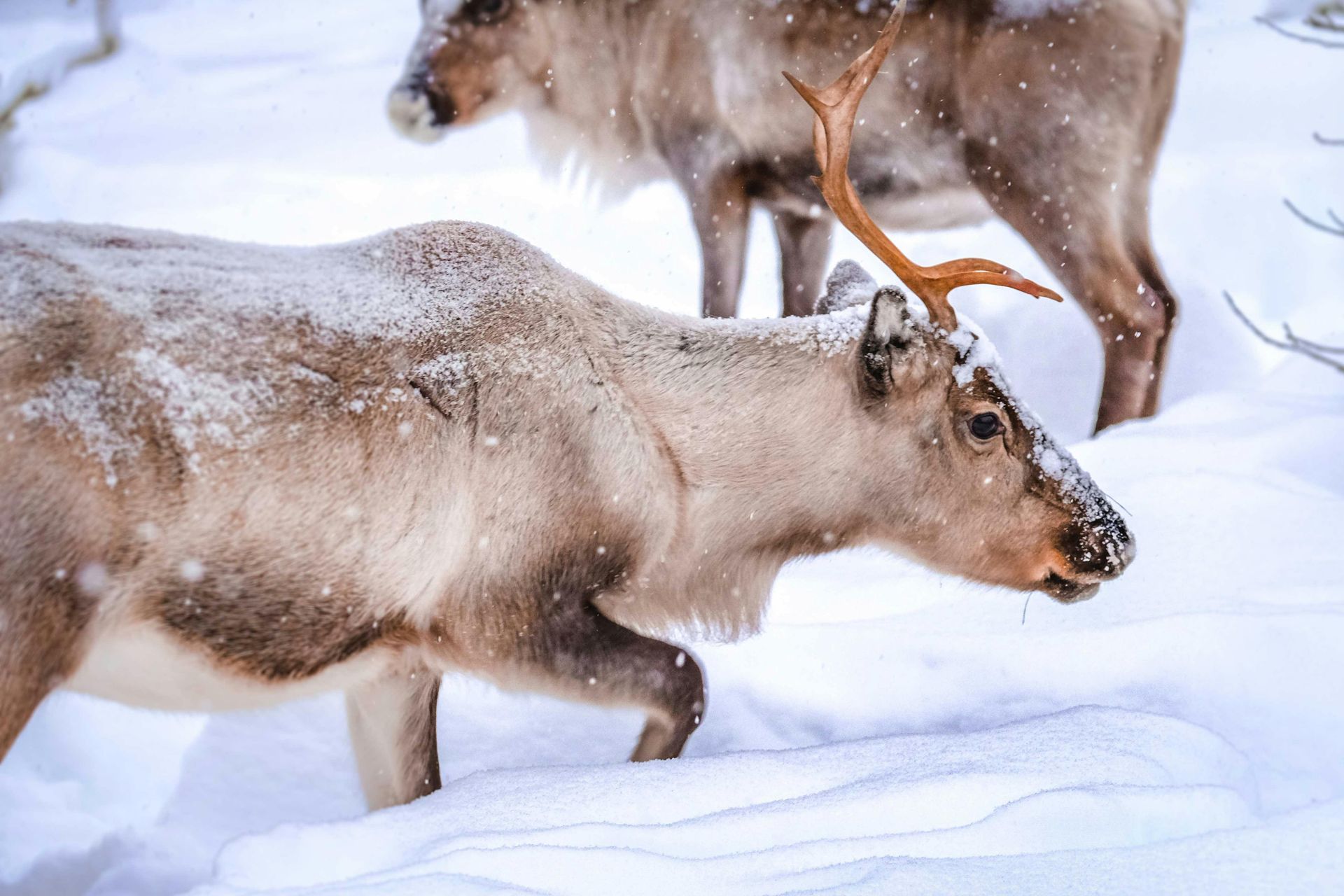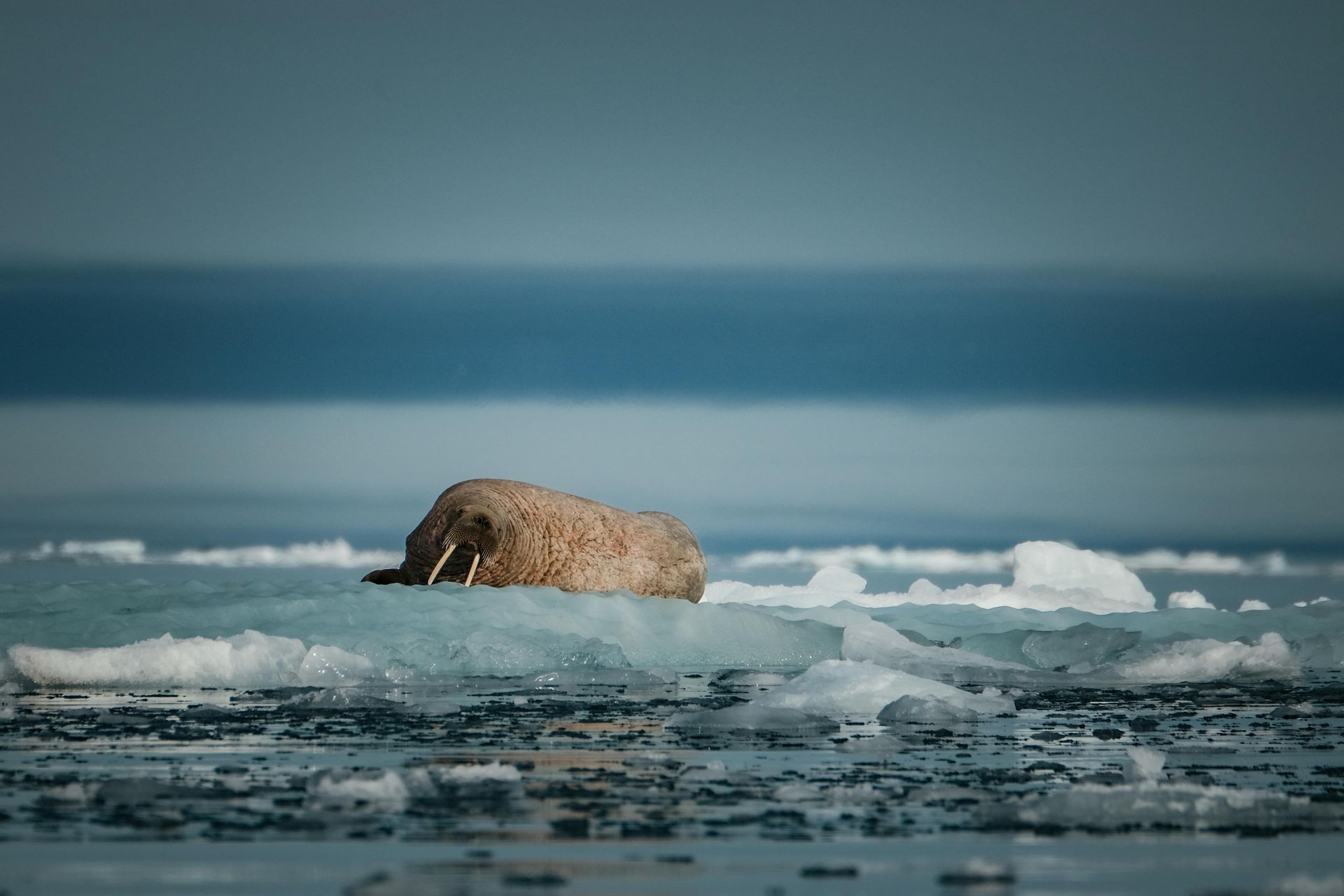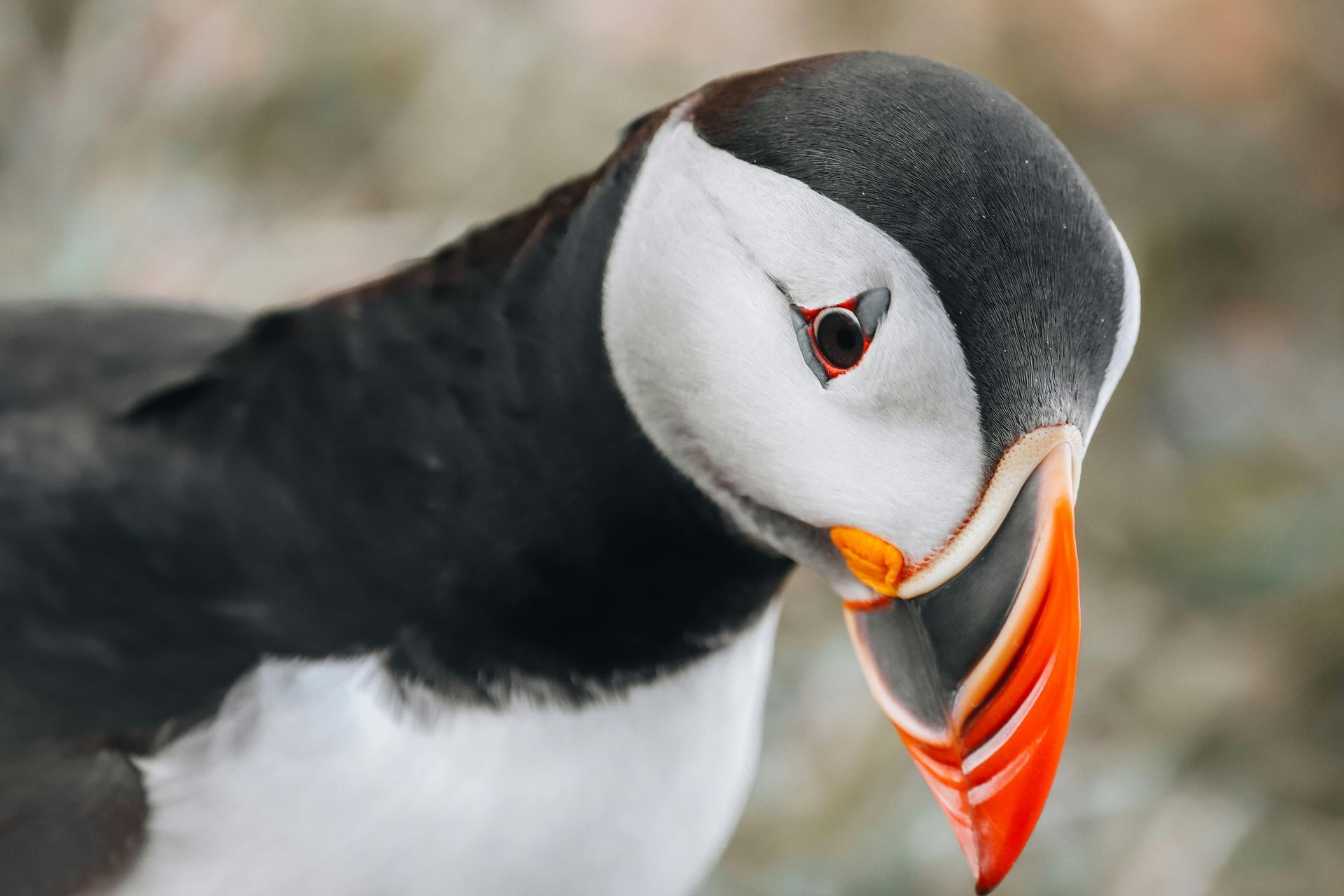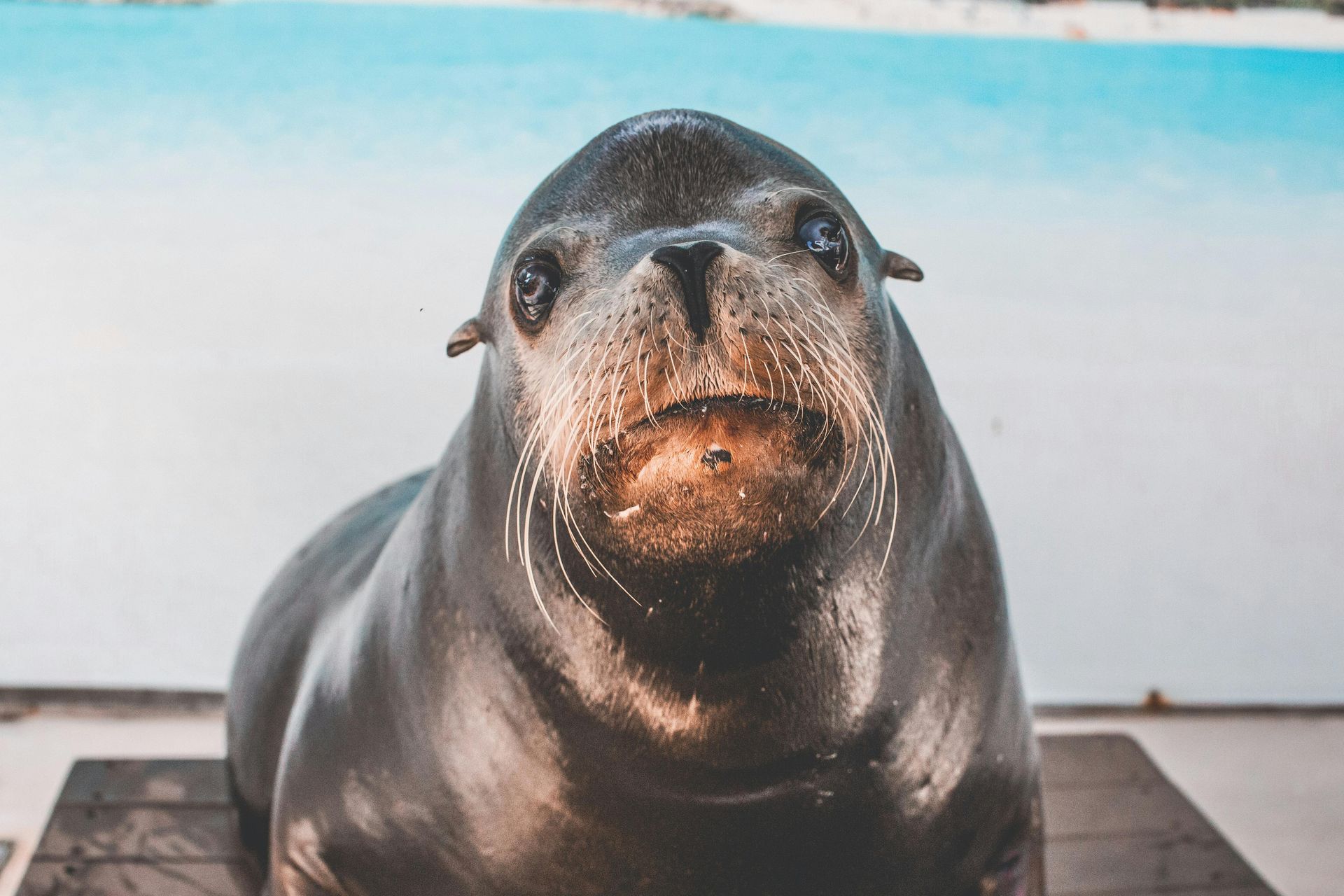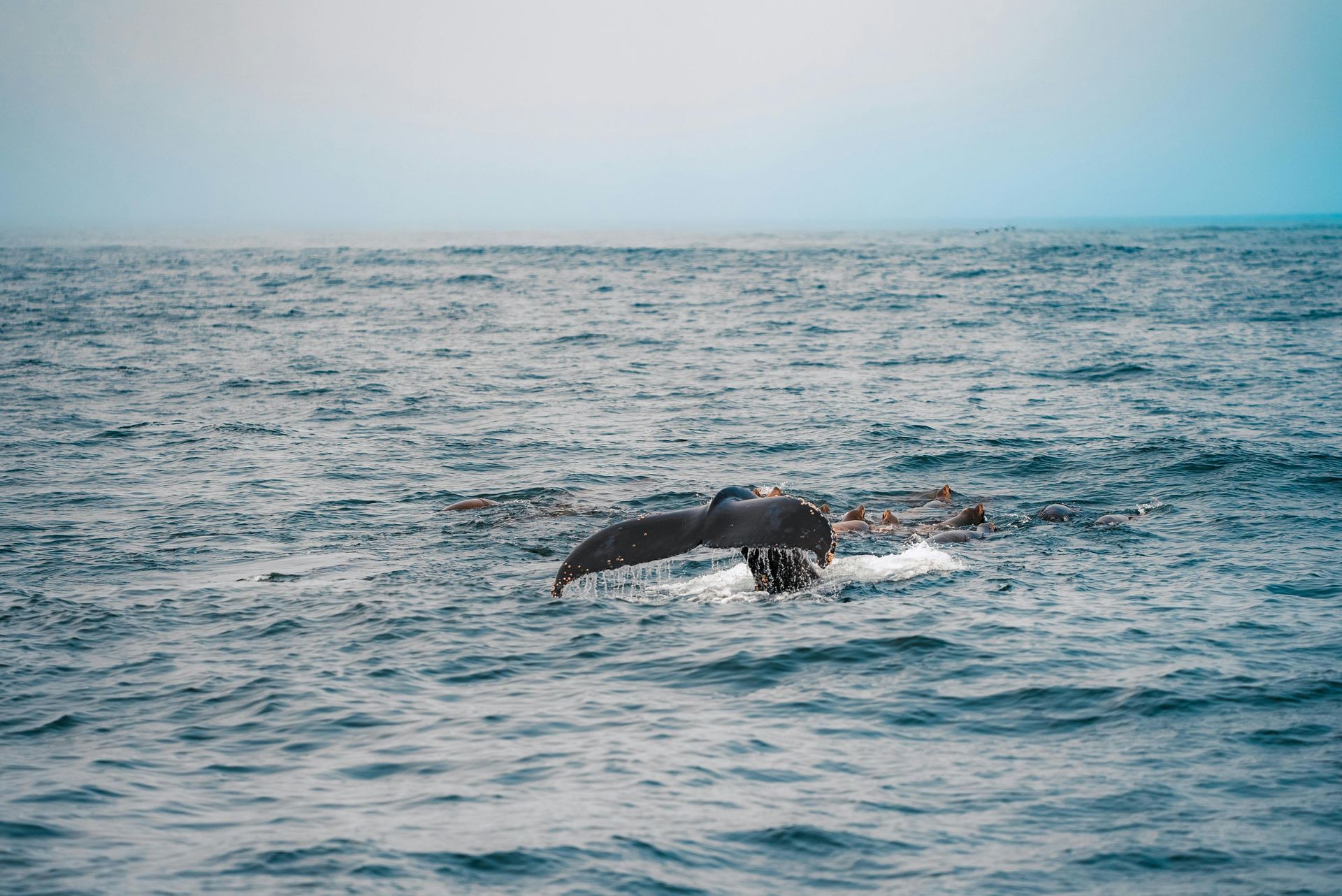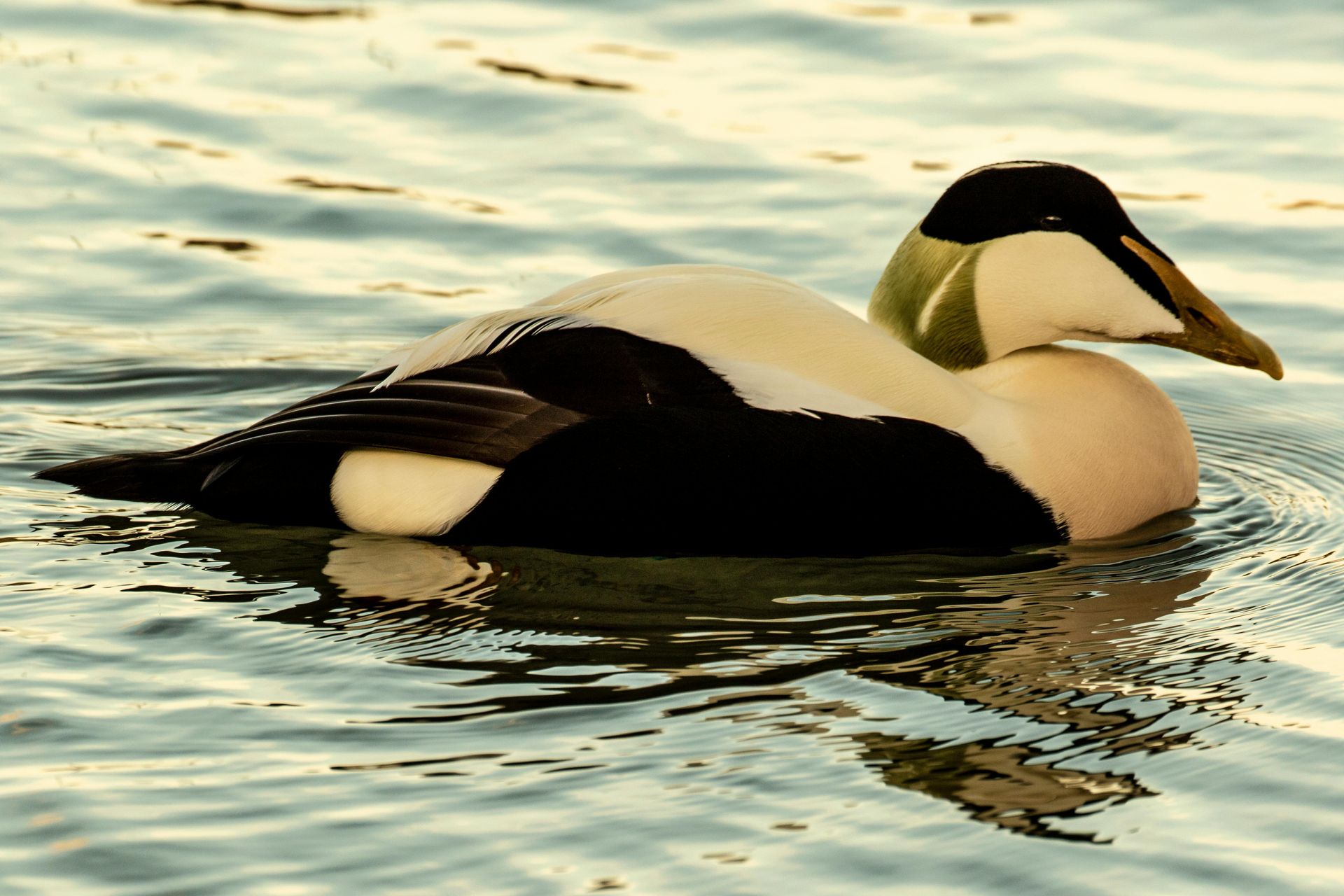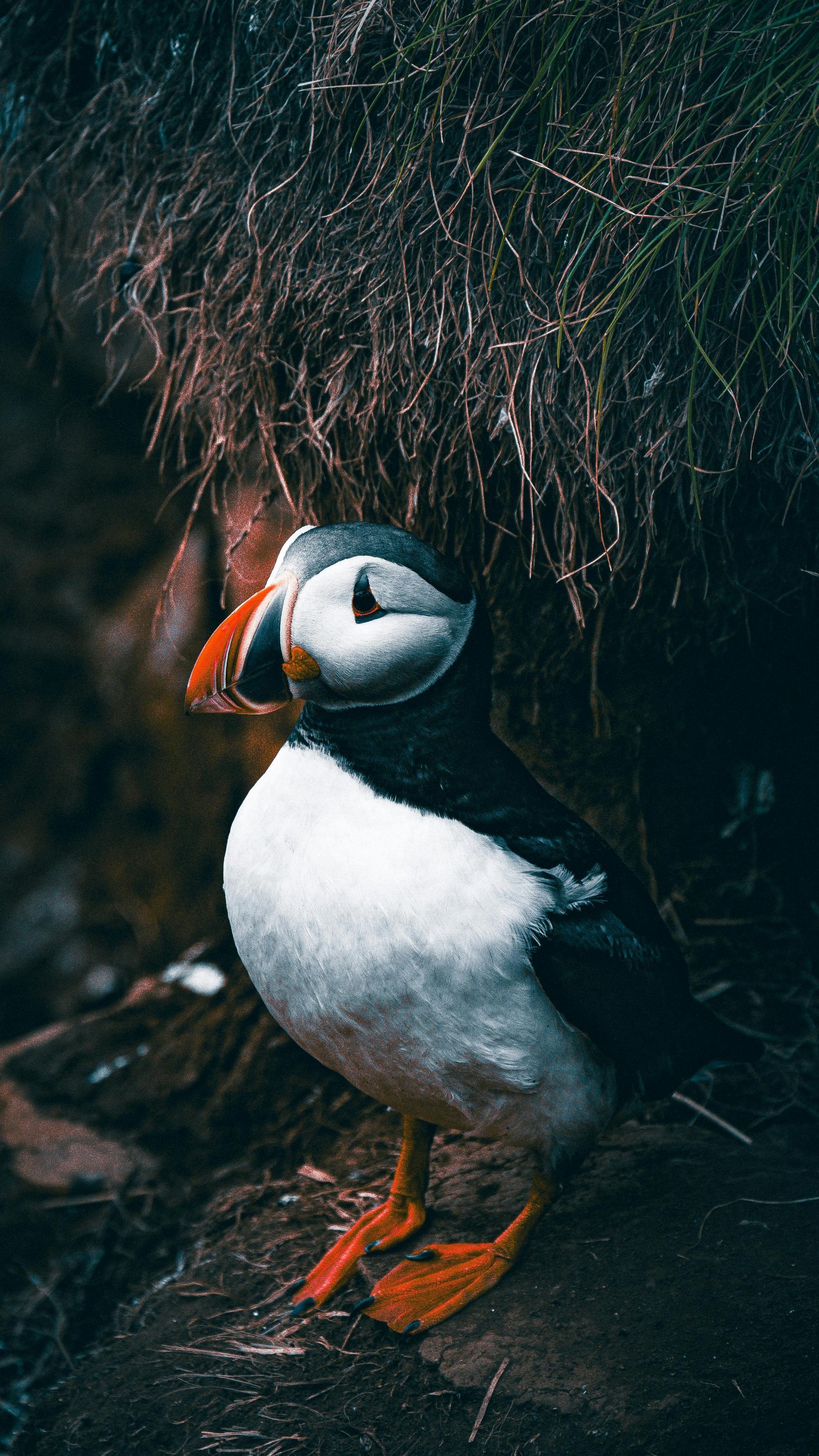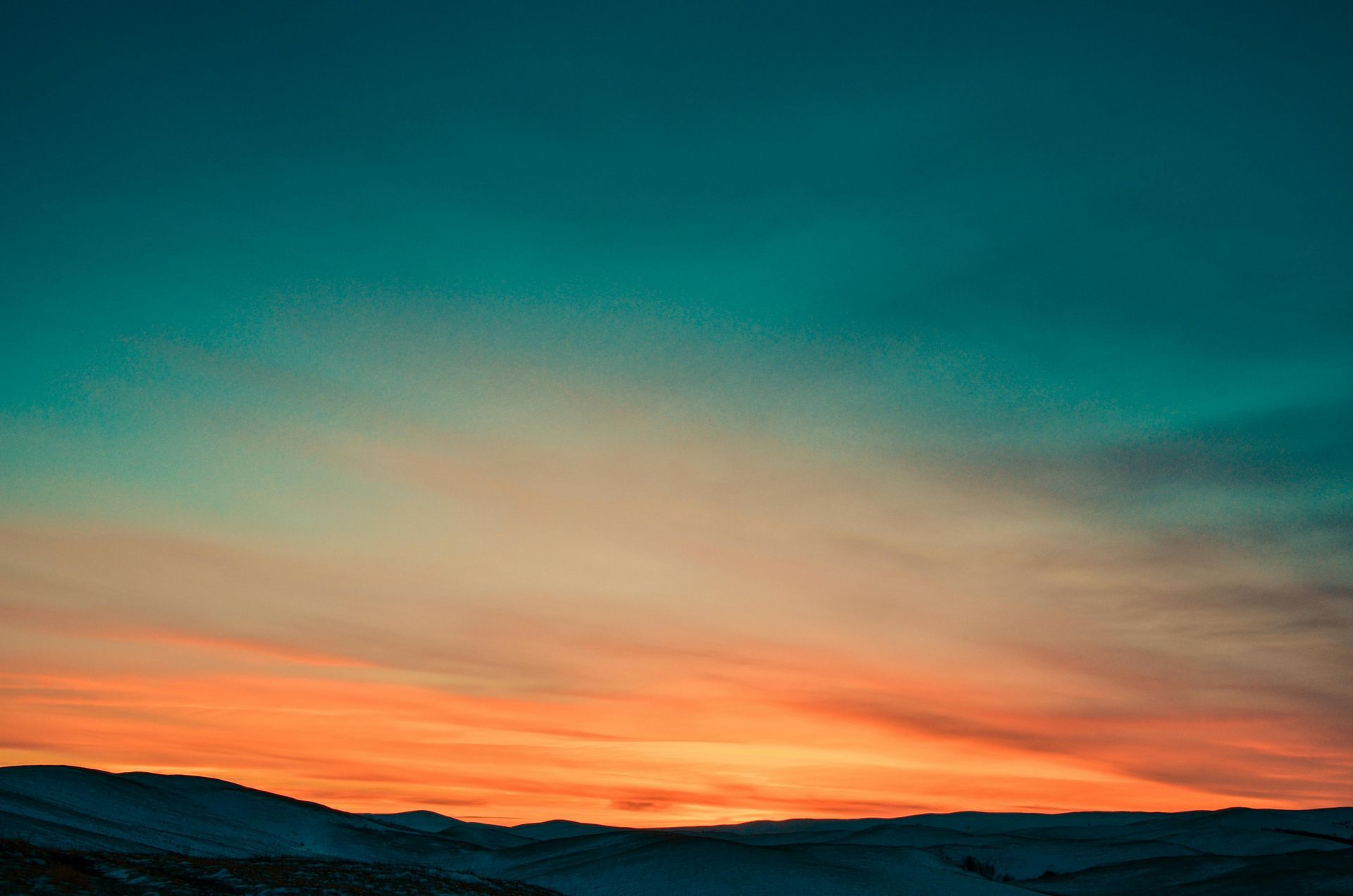Discovering the Mysteries of Svalbard: A Journey Through Map and Geography
Nestled between the Arctic Ocean, the Norwegian Sea, and the Greenland Sea, the archipelago of Svalbard stands as a remote and enigmatic land of icy landscapes, towering mountains, and pristine wilderness. Its unique geography and rugged terrain have captured the imagination of adventurers, scientists, and explorers for centuries, offering a glimpse into the raw beauty and untamed wilderness of the Arctic.

Geographic Overview
Svalbard is situated approximately midway between mainland Norway and the North Pole, with its main island of Spitsbergen serving as the largest and most populous of the archipelago. The landscape is characterized by glaciated mountains, deep fjords, and vast ice fields, with much of the land covered by glaciers and permafrost. Despite its harsh climate and remote location, Svalbard is home to a surprisingly diverse array of flora and fauna, adapted to the extreme conditions of the Arctic.
Exploration and Discovery
The history of Svalbard is intertwined with the age of exploration, as early Norse settlers, Dutch whalers, and intrepid explorers ventured into the uncharted waters of the Arctic in search of new lands and resources. The archipelago takes its name from the Old Norse words for "cold coast," reflecting the harsh and unforgiving nature of its environment. Over the centuries, Svalbard has served as a base for whaling expeditions, scientific research, and Arctic exploration, leaving behind a rich legacy of human activity and exploration.
Mapping the Arctic Frontier
Mapping Svalbard has long been a challenge due to its remote location and harsh climate, with early maps often riddled with inaccuracies and conjecture. However, advances in cartography and technology have enabled modern explorers to create detailed maps of the archipelago, providing invaluable insights into its geography, geology, and natural resources. Today, Svalbard is home to a network of research stations, weather stations, and monitoring sites, helping to monitor environmental changes and protect its fragile ecosystems.
Wildlife and Natural Wonders
Despite its harsh climate, Svalbard is home to a surprising variety of wildlife, including polar bears, Arctic foxes, Svalbard reindeer, and numerous bird species. The surrounding waters teem with marine life, including whales, seals, and walruses, while the skies above are filled with seabirds and migratory species. The archipelago is also renowned for its natural wonders, including the Northern Lights, which illuminate the winter sky with their ethereal glow, and the midnight sun, which bathes the landscape in perpetual daylight during the summer months.
Conservation Challenges and Opportunities
Svalbard faces numerous conservation challenges, including climate change, pollution, and habitat destruction. Rapidly melting glaciers and shrinking sea ice threaten the habitat of polar bears and other ice-dependent species, while increasing tourism and industrial activities pose additional pressures on fragile ecosystems. Conservation efforts, including the establishment of protected areas and sustainable management practices, are essential for safeguarding the future of Svalbard's unique biodiversity and ensuring that future generations can continue to explore and appreciate its natural wonders.
In conclusion, Svalbard is a land of contrasts and contradictions, where the beauty of the Arctic wilderness meets the challenges of a changing climate and rapidly evolving world. By understanding and appreciating its geography, history, and wildlife, we can better appreciate the importance of preserving and protecting this fragile and pristine wilderness for generations to come.


